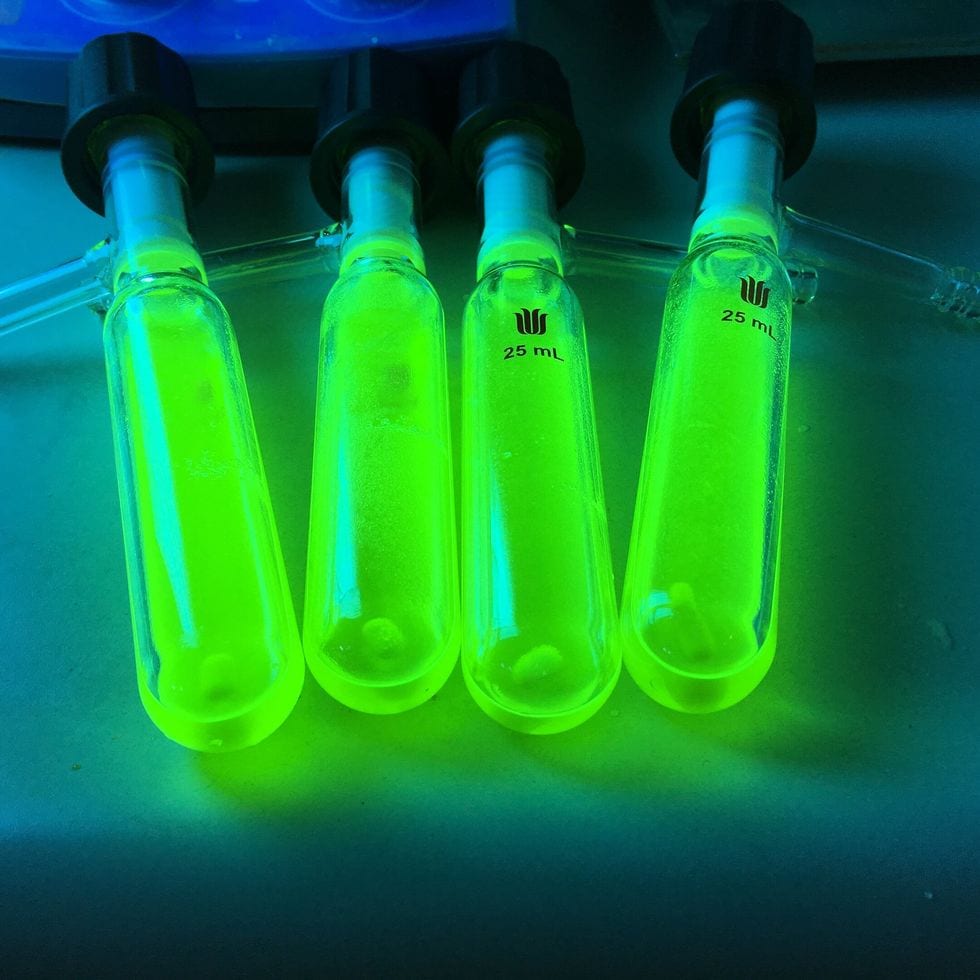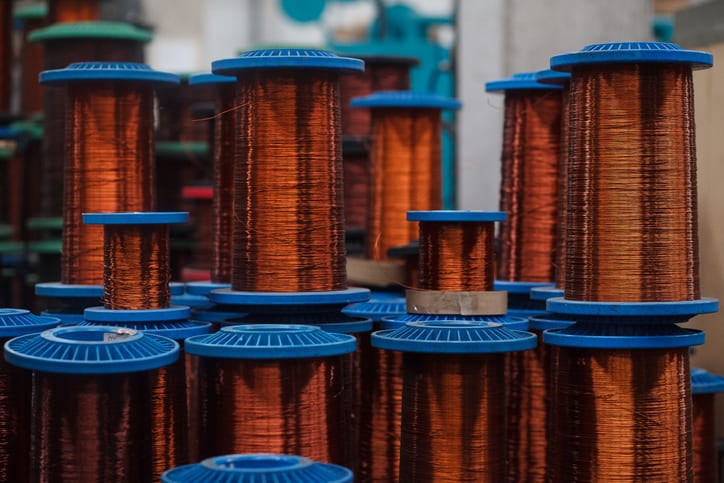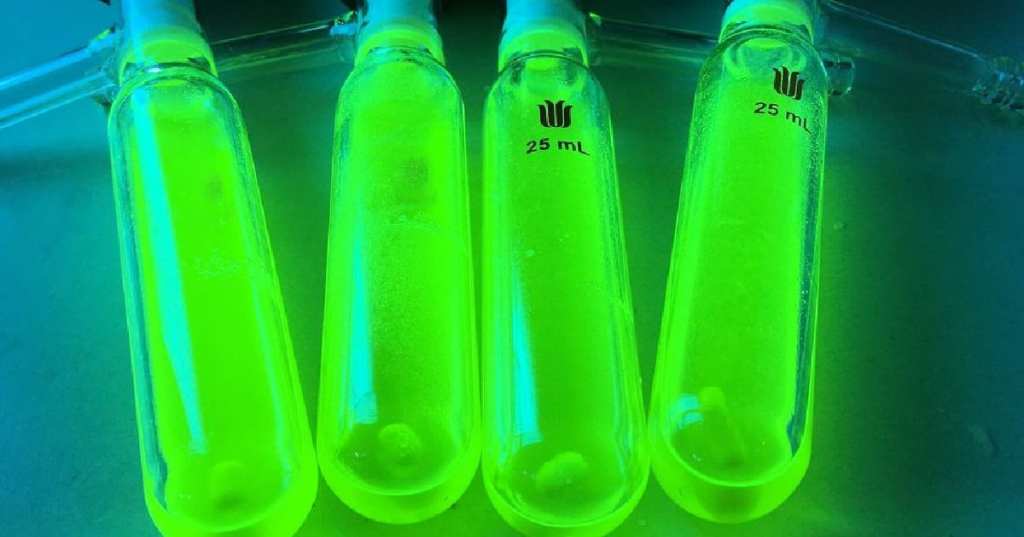Trending Now
I think we can all agree that science is amazing, and over the past three or four decades, we’ve made strides as far as materials and technology that is far beyond what most people could have even imagined before then.
For a long time there was only one sort of light bulb option for the insides of our homes, but recently, more and more have become available.
Researchers in Switzerland are adding another option into the mix, though, a new organic light emitting diode (OLED) that would majorly cut costs while lighting entire rooms, and homes, with ease.

Image Credit: UNIVERSITY OF BREMEN/MATTHIAS VOGT
They made the discovery using a new arrangement of copper electrons, CuPCP, that are able to replace precious metal diodes totally.
OLEDs are a natural next step after LED (light-emitting diode) technology. LED and plasma technology, which were most commonly seen competing in the world of fancy televisions a few years ago, are married and both improved with OLED technology.
OLEDs have their own light, which solves the bright backlight issue of LEDs, and provides deeper, truer blacks than was able to be accomplished with plasma. There’s better image quality and contrast as a result, and the OLED pixels are faster to change color.

Image Credit: iStock
Still, researchers have struggled to scale OLEDs up for more broad applications and use, because the materials are limited by the naturally occurring limitations of their fluorescence.
“Classical organic dyes emit light due to fluorescence and have a theoretical limit of 25 [percent] for the internal quantum efficiency.”
Phosphorescent OLEDs reach higher efficiencies, but they also use costly precious metals, like iridium, ruthenium, and platinum. That means any products made from them will be expensive to buy, meaning they would only be available to a few consumers
The material developed by the Swiss team uses a thermally activated delayed fluorescence (TADF), meaning they have to get to a certain temperature in order to operate successfully – and they’ve figured out how to use excited copper to achieve it, which is much cheaper than those other precious metals.

Image Credit: iStock
And the results, according to the researchers, are fantastic.
“A remarkable photoluminescence quantum yield [greater than] 99 [percent] was recently achieved for such materials.”
They did a battery of tests using the copper-based atoms, and were more than satisfied with the results.
“We apply complementary pump-probe X-ray techniques: absorption, emission, and scattering including pump-probe measurements at the X-ray free-electron laser SwissFEL.
Obtained data can be used to verify computational methods for the development of luminophores.”
Basically, they’ve achieved the same kind of energy output using a vastly cheaper heating source, and there’s a good chance that could mean cheaper lighting electronics in our homes in the future.
Three cheers for that!






